47th Annual Naff Symposium
|
Innovation in Molecular Neuroscience Schedule of Events - April 1, 2022 |
|
|---|---|
| 8:00am |
Registration and Continental Breakfast |
| 8:50am |
Welcome - TBD |
| 9:00am |
Dr. Erin Calipari |
| 10:00am |
Break |
| 10:30am |
Dr. Tim Harris |
| 11:30am |
Lunch & Break |
| 1:00pm |
Dr. Elizabeth Hillman |
| 2:00pm |
Break & Poster Session Set-Up |
| 2:30pm |
Dr. Baljit Khakh |
| 3:30 - 5:00pm |
Poster Session |
|
Speakers |
|
|---|---|
|
|
Dr. Erin Calipari Vanderbilt University Dr. Calipari received her PhD in Neuroscience in 2013 in the laboratory of Dr. Sara Jones at Wake Forest University School of Medicine where she studied how self-administered drugs altered dopaminergic function to drive addictive behaviors. She then went on to complete her postdoctoral training with Dr. Eric Nestler at Icahn School of Medicine at Mount Sinai, where she used circuit probing techniques to understand the temporally specific neural signals that underlie motivation and reward learning. She is currently an Assistant Professor at Vanderbilt University in the Department of Pharmacology. Her independent work seeks to characterize and modulate the precise circuits in the brain that underlie both adaptive and maladaptive processes in reward, motivation, and associative learning. |
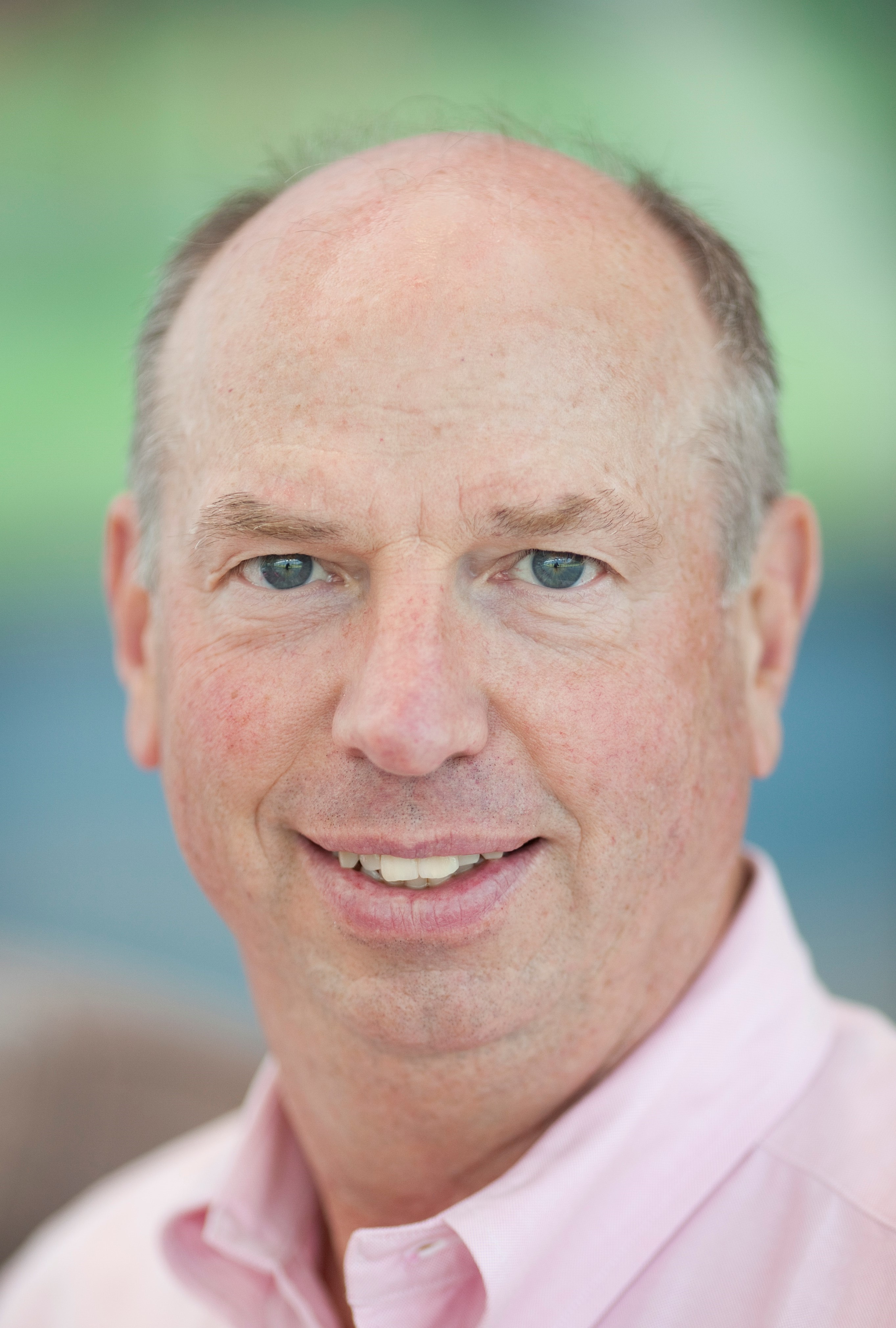 |
Dr. Tim Harris Johns Hopkins University Timothy Harris is a research professor in the Department of Biomedical Engineering. He leads the Applied Physics and Instrumentation Group at the HHMI Janelia Research Campus, and is the originator of the project that produced the Neuropixels Si probe for extracellular recording in animals, mostly mice, and rats. He shares his time between Janelia and Johns Hopkins and is working on projects to enable recording 10-20,000 neurons in rodents and 30-50,000 neurons in non-human primates, as well as stimulate with high resolution. He received a BS in Chemistry at California Polytechnical State University, San Luis Obispo, and a PhD in Analytical Chemistry at Purdue University. |
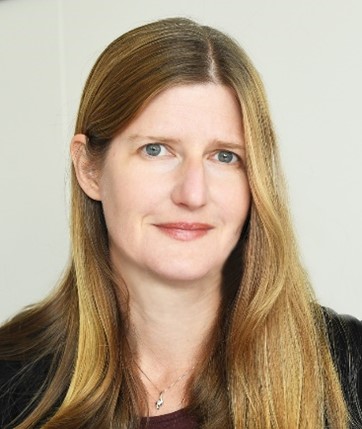 |
Dr. Elizabeth Hillman Columbia University Elizabeth Hillman is professor of biomedical engineering and radiology at Columbia University and a member of the Mortimer B. Zuckerman Mind Brain Behavior Institute and Kavli Institute for Brain Science at Columbia. Hillman received her undergraduate degree in physics and Ph.D. in medical physics and bioengineering at University College London and completed post-doctoral training at Massachusetts General Hospital/Harvard Medical School. In 2006, Hillman moved to Columbia University, founding the Laboratory for Functional Optical Imaging. Hillman’s research program focuses on the development and application of optical imaging and microscopy technologies to capture functional dynamics in the living brain. Most recently, she developed swept confocally aligned planar excitation (SCAPE) microscopy, a technique capable of very high speed volumetric imaging of neural activity in behaving organisms such as adult and larval Drosophila, zebrafish, C. elegans and the rodent brain. Hillman’s research program also includes exploring the interrelation between neural activity and blood flow in the brain, as the basis for signals detected by functional magnetic resonance imaging (fMRI). Hillman is a fellow of the Optical Society of America (OSA), the society of photo-optical instrumentation (SPIE) and the American Institute for Medical and Biological Engineering (AIMBE). She has received the OSA Adolf Lomb Medal for contributions to optics, as well as early career awards from the Wallace Coulter Foundation, National Science Foundation and Human Frontier Science Program. |
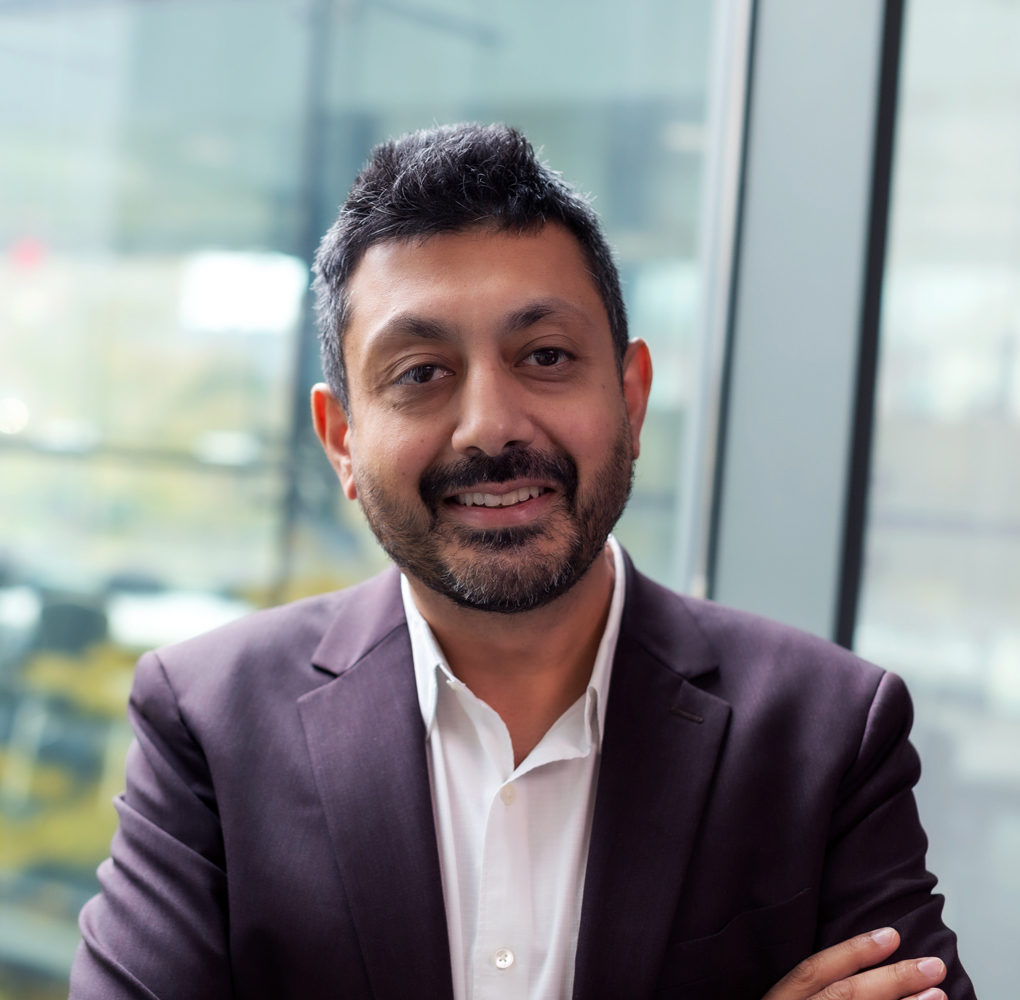 |
Dr. Baljit Khakh University of California, Los Angeles Baljit Khakh completed his Ph.D. at the University of Cambridge in the laboratory of Patrick PA Humphrey. He completed postdoctoral fellowships in the laboratory of Graeme Henderson at the University of Bristol, and then in the laboratory of Henry A. Lester and Norman Davidson at California Institute of Technology. In 2001, Khakh became Group Leader at the MRC Laboratory of Molecular Biology in Cambridge, and in 2006 he moved to the University of California, Los Angeles where he is Professor of Physiology and Neurobiology. Khakh’s work has been recognized, including with the NIH Director's Pioneer Award, the Paul G. Allen Distinguished Investigator Award, and the Outstanding Investigator Award (R35) from NINDS. |
2022 Naff Symposium Committee
Dr. Chris Richards - Chair


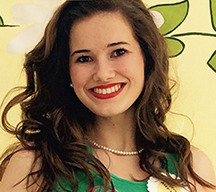 Alyson Ackerman - Alyson Ackerman graduated from UK in May 2018 with a B.S. in Biochemistry. While at UK, Alyson participated in the professional chemistry fraternity, Alpha Chi Sigma, and conducted research with Dr. Lodder from the College of Pharmacy. Shortly after graduating, Alyson started working for Murty Pharmaceuticals. In her role as a QC chemist, Alyson tests raw materials, finished products, and performs various calibrations to ensure the lab equipment is qualified for use. She frequently works with HPLCs, UV-vis, FT-IR, and Laser Diffraction Particle Sizing.
Alyson Ackerman - Alyson Ackerman graduated from UK in May 2018 with a B.S. in Biochemistry. While at UK, Alyson participated in the professional chemistry fraternity, Alpha Chi Sigma, and conducted research with Dr. Lodder from the College of Pharmacy. Shortly after graduating, Alyson started working for Murty Pharmaceuticals. In her role as a QC chemist, Alyson tests raw materials, finished products, and performs various calibrations to ensure the lab equipment is qualified for use. She frequently works with HPLCs, UV-vis, FT-IR, and Laser Diffraction Particle Sizing.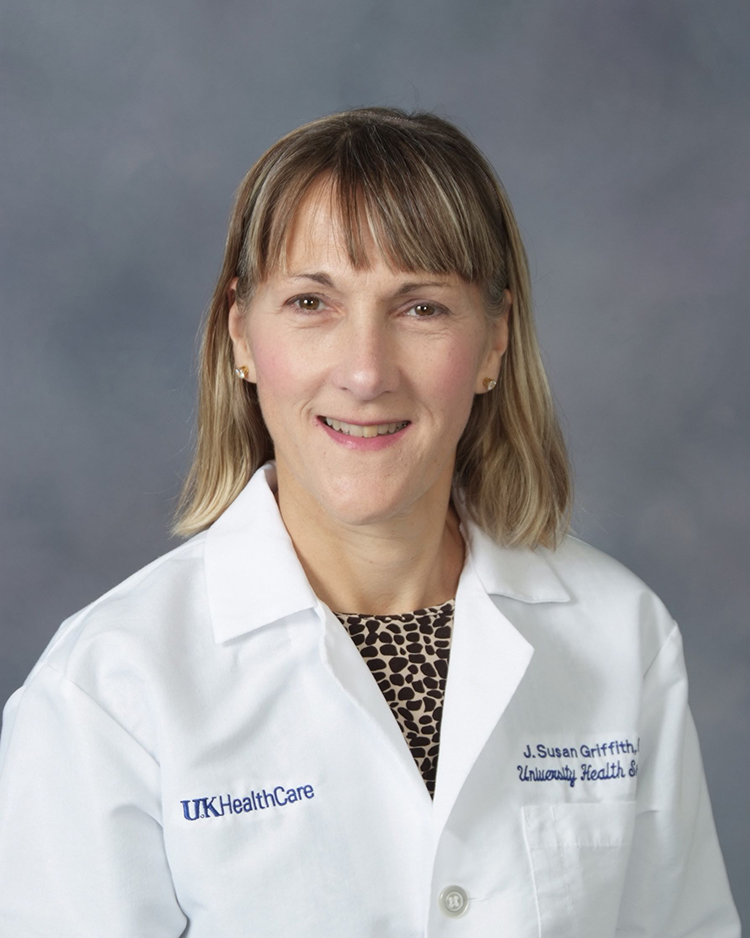
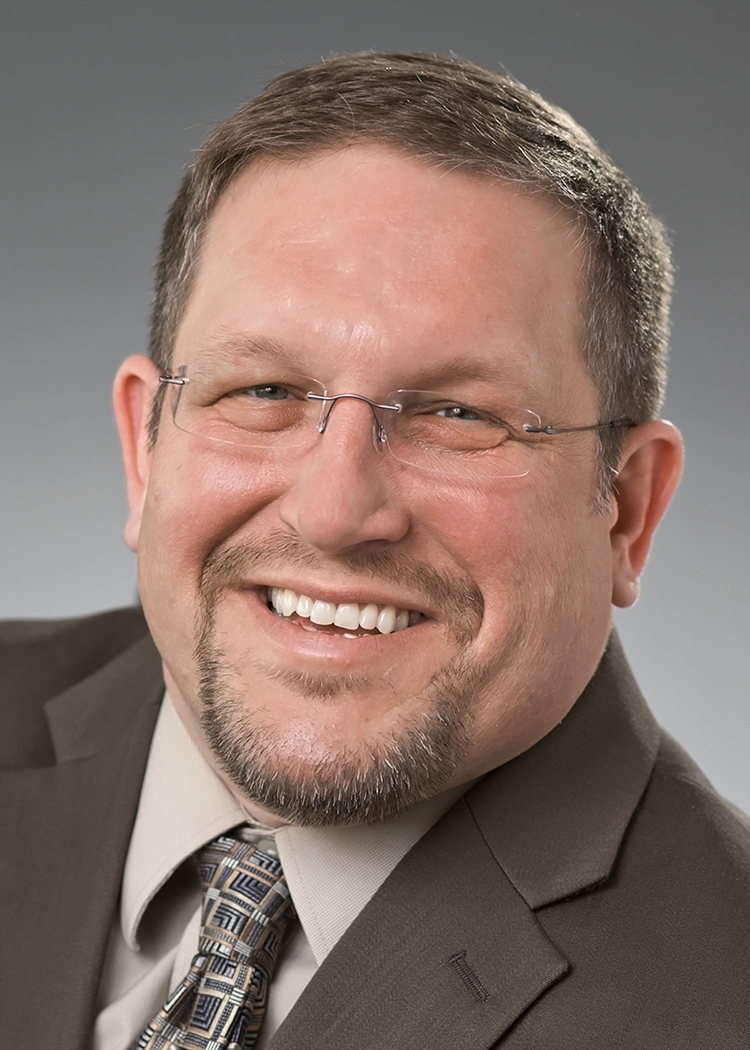 Jeffrey R. Lomprey - Dr. Jeff Lomprey is a partner and intellectual property lawyer with Foley & Lardner LLP where his practice focuses on patent preparation, both U.S. and foreign prosecution, counseling, due diligence, and litigation support. He is a member of the firm’s Chemical, Biotechnology & Pharmaceutical Practice as well as the Life Sciences Industry Team. Jeff’s interests span a diverse array of chemical and mechanical technologies. He has significant experience in the areas of small molecule chemistry, pharmaceuticals, batteries, catalysts, polymers, electrochemistry, organic light emitting diodes, mechanical devices, and medical devices. Prior to joining Foley, Jeff was a senior research chemist at Gentex Corporation from 1997-2002, where he was involved in the development and production of automatically dimming automobile mirrors. Jeff earned his Juris Doctorate from the University of Wisconsin Law School (cum laude, 2005), where he was a member of the Dean’s list. He earned his Ph.D. in chemistry from the University of Kentucky (1993), and was the recipient of the Outstanding Graduate Student Researcher Award. He earned his Bachelor of Science degree in chemistry from the University of Wisconsin – Stevens Point (1988). Dr. Lomprey is admitted to practice in Wisconsin and before the United States Patent and Trademark Office. He is a member the Wisconsin and American Bar Associations, the American Chemical Society and the American Intellectual Property Law Association.
Jeffrey R. Lomprey - Dr. Jeff Lomprey is a partner and intellectual property lawyer with Foley & Lardner LLP where his practice focuses on patent preparation, both U.S. and foreign prosecution, counseling, due diligence, and litigation support. He is a member of the firm’s Chemical, Biotechnology & Pharmaceutical Practice as well as the Life Sciences Industry Team. Jeff’s interests span a diverse array of chemical and mechanical technologies. He has significant experience in the areas of small molecule chemistry, pharmaceuticals, batteries, catalysts, polymers, electrochemistry, organic light emitting diodes, mechanical devices, and medical devices. Prior to joining Foley, Jeff was a senior research chemist at Gentex Corporation from 1997-2002, where he was involved in the development and production of automatically dimming automobile mirrors. Jeff earned his Juris Doctorate from the University of Wisconsin Law School (cum laude, 2005), where he was a member of the Dean’s list. He earned his Ph.D. in chemistry from the University of Kentucky (1993), and was the recipient of the Outstanding Graduate Student Researcher Award. He earned his Bachelor of Science degree in chemistry from the University of Wisconsin – Stevens Point (1988). Dr. Lomprey is admitted to practice in Wisconsin and before the United States Patent and Trademark Office. He is a member the Wisconsin and American Bar Associations, the American Chemical Society and the American Intellectual Property Law Association.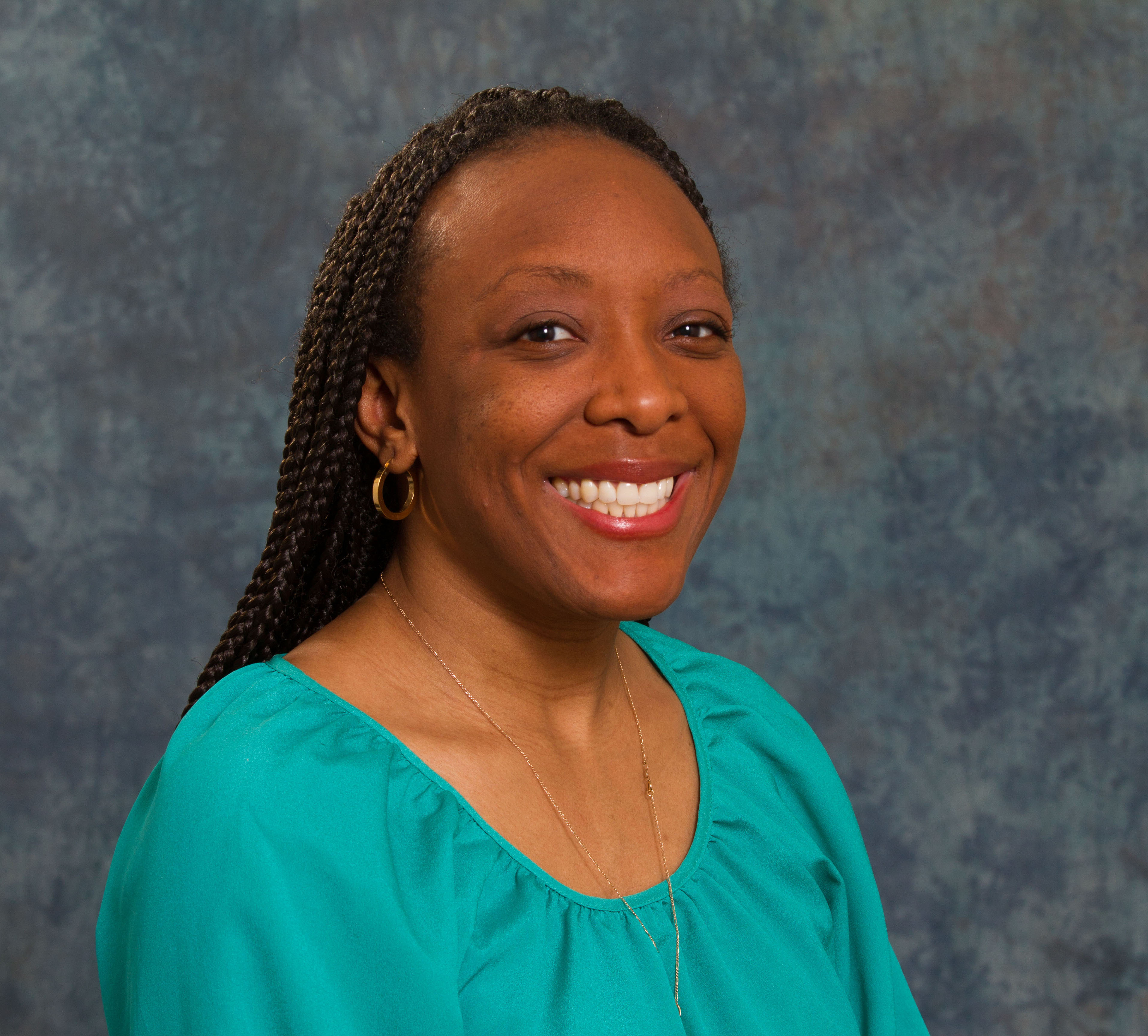 Tanea Reed - Dr. Reed received her PhD in biological chemistry from the University of Kentucky and worked under the guidance of Dr. D. Allan Butterfield. While at UK, she received the Lyman T. Johnson Minority Fellowship and the UK Woman’s Club Endowed Fellowship. She received her Bachelor of Science degree in Biochemistry from Virginia Polytechnic Institute and State University. In 2010, Dr. Reed received the Hermann Esterbauer award in Turin, Italy for her work on lipid peroxidation in Alzheimer’s disease. She is currently a member of the international selection committee for this award. Dr. Reed is currently an associate professor of biochemistry at Eastern Kentucky University, where she serves as a research mentor for undergraduate and graduate students. She was recently awarded an area enrichment award from the National Institutes of Health for her research which focuses on post injury treatments for moderate traumatic brain injury.
Tanea Reed - Dr. Reed received her PhD in biological chemistry from the University of Kentucky and worked under the guidance of Dr. D. Allan Butterfield. While at UK, she received the Lyman T. Johnson Minority Fellowship and the UK Woman’s Club Endowed Fellowship. She received her Bachelor of Science degree in Biochemistry from Virginia Polytechnic Institute and State University. In 2010, Dr. Reed received the Hermann Esterbauer award in Turin, Italy for her work on lipid peroxidation in Alzheimer’s disease. She is currently a member of the international selection committee for this award. Dr. Reed is currently an associate professor of biochemistry at Eastern Kentucky University, where she serves as a research mentor for undergraduate and graduate students. She was recently awarded an area enrichment award from the National Institutes of Health for her research which focuses on post injury treatments for moderate traumatic brain injury.